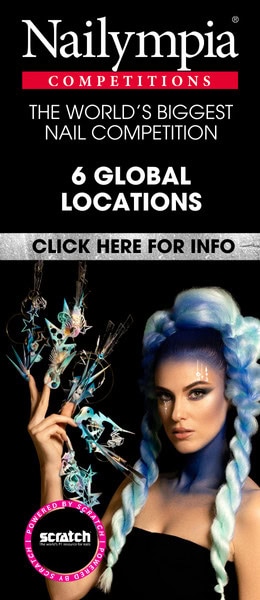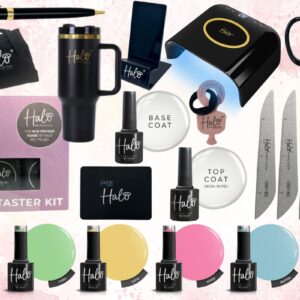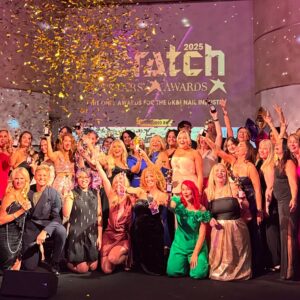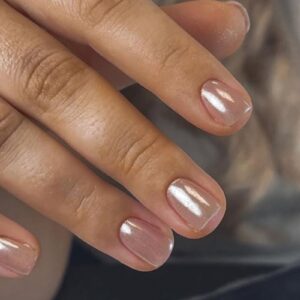
Veganuary: How to tell if your nail & beauty products are vegan-friendly
By Scratch Staff | 09 January 2025 | Feature, Products & Treatments, Sustainability & the environment

Are your clients calling for vegan and cruelty-free products? Scratch explores how to tell if your nail and beauty products fit the bill…
The global vegan cosmetics market is anticipated to reach $24.79 billion in 2028, according to research by Fortune Business Insights, and a whopping 82% of all new vegan items that launched in the UK in 2020 came under the beauty category. But what is ‘vegan beauty’ and how can you identify if a product is vegan-friendly?
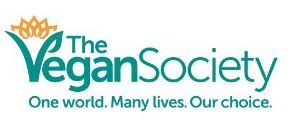
The Vegan Society coined the word ‘vegan’ back in 1944 and supports ‘a philosophy and way of living that seeks to exclude – as far as is possible and practicable – all forms of exploitation of, and cruelty to, animals for food, clothing or any other purposes. By extension, it promotes the development and use of animal-free alternatives for the benefit of humans, animals and the environment.’
Cosmetics and toiletries often contain animal products for reasons including colouring, binding or to create certain textures or finishes, and there is no legal requirement for brands or manufacturers to declare this on product packaging or in their ingredient lists.
The Society manages The Vegan Trademark, the international vegan standard which helps users to identify products that are free from animal ingredients. Brands have to go through a rigorous application process that is checked by The Vegan Society against a number of criteria, before they can achieve this trademark. The Society works with manufacturers and suppliers to ensure that products meet the highest vegan standards, and The Vegan Trademark is reviewed every 12 to 24 months to ensure brands and products are continuing to meet the standards required.
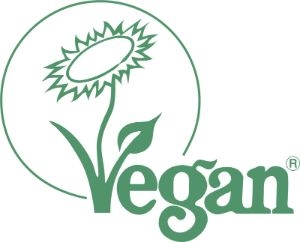
The Vegan Trademark

Francine Jordan
“Our robust Vegan Trademark standards include ensuring that products are free from animal ingredients, including the development of genetically modified organisms and minimisation of cross-contamination,” explains Francine Jordan, media & PR officer at The Vegan Society.
“In addition, products granted the trademark are free from animal exploitation in development, production or manufacture and free from animal testing at the company’s initiative, or on its behalf, as far as possible and practical.
“When beauty and nail brands register their products with us, they are telling their customers that they are committed to providing a range of products that meet our standards, free from animal ingredients and animal testing. Their customers can be confident that the products are suitable for vegans.
“Not only can this help build trust and promote the product’s credentials through the brand’s own platforms, but they also have the opportunity to access our huge audiences of vegan and vegan-curious consumers, who are looking for products such as theirs.”
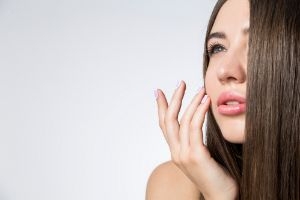
Logos to look for
A spokesperson from The Vegan Society notes: “Unfamiliar terminology on product packaging can mean customers are unaware that they are purchasing something with animal-derived ingredients, which is why we would suggest looking out for a certification, such as The Vegan Trademark, which gives consumers confidence that their purchase is both free from animal ingredients and has not been tested on animals.”
As well as The Vegan Trademark, certifications include:

Vegan Action
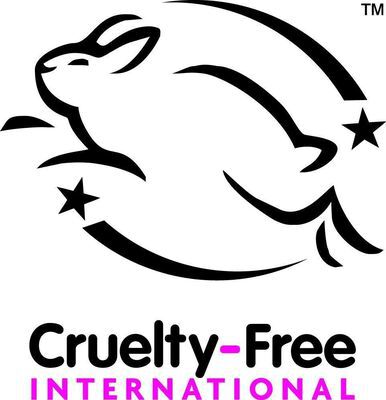
Cruelty Free International
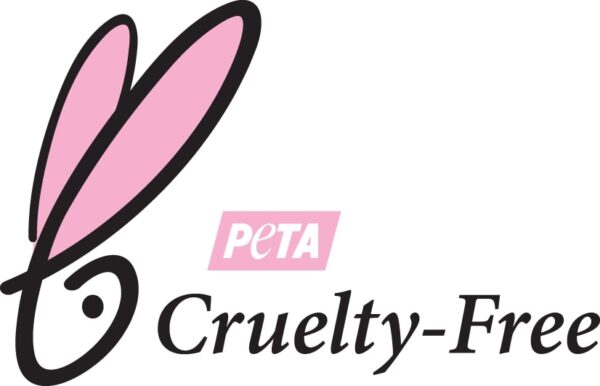
PETA

Choose Cruelty Free
Ingredient info
Some of the most common ingredients derived from animals that can be found in nail and beauty products include:
- Animal hair – Often found in make-up brushes.
- Cichineal dye/Carmine dye – Also listed as natural red 4, E120 and C.I 75470 on product packaging. This can be found it a lot of lipsticks, blushes, nail polishes or anything else that mimics the classic rouge colour. It is created by crushing insects called cochineals.
- Collagen – A protein that can be taken from the bones, skin, ligaments and tissues of cows. Plant-based, ethical alternatives include soya protein and almond oil.
- Estrogen – A hormone that may be added to anti-ageing creams to increase their effectiveness. It is obtained by extracting urine from pregnant horses.
- Keratin – A popular ingredient to aid the strengthening of hair and nails. This protein is often derived from the hair and horns of various animals, most commonly farmyard animals.
- Lanolin – Used in lip balms, lipsticks and glosses, this is derived from sheep’s wool.
- Shellac – The shells of Lac bugs, used to create a hard-wearing, shiny finish. Note: CND Shellac™ is named so in honour of these qualities, and not because it contains bug shells.
- Tallow – This ingredient can be found in soap, foundation, nail polish and eye make-up. Also known as oleic acid, oleyl stearate and oleyl oleate, it is made from the fat of farmyard animals.

Animal testing
To gain The Vegan Trademark, products must not involve or have involved testing of any sort on animals by parties over whom the company has effective control. In 1993, an EU directive was passed which contained a ban on the sale of animal-tested cosmetic products. To give adequate time to find non-animal methods, the deadline for the ban to come into effect was 1 January 1998. However, due to multiple delays, this did not happen until 11 March 2013.

Read the latest issue



